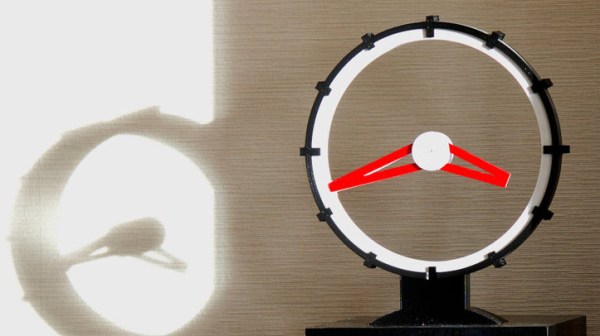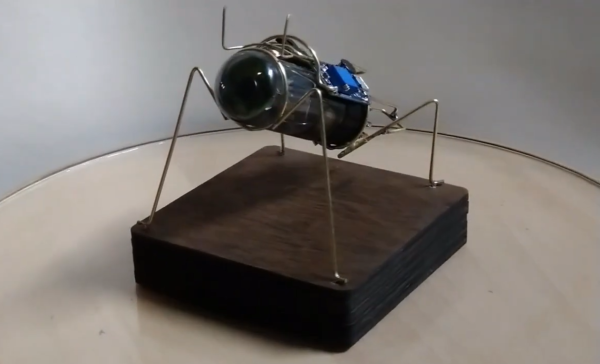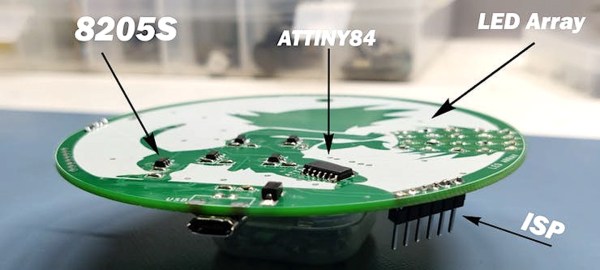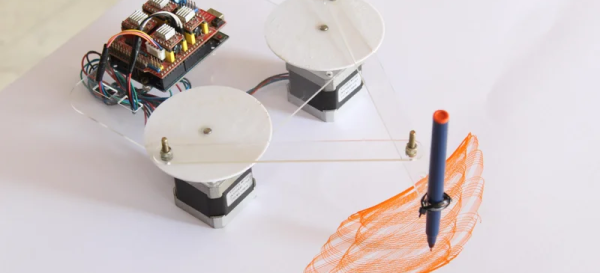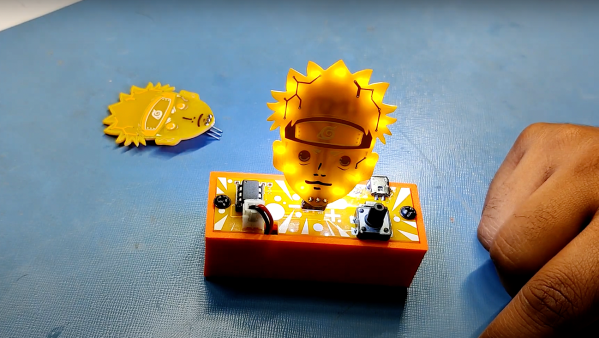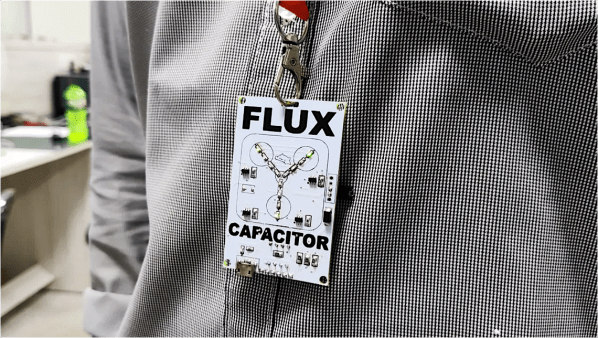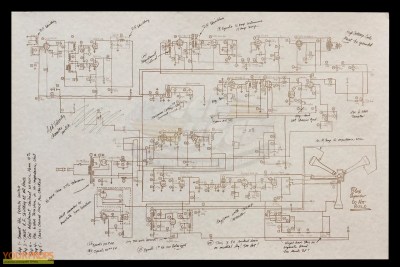[shiura]’s Hollow Clock 3 is a fantastic 3D printed take on a clock movement that uses a hidden mechanism to pull off its unusual operation. The Hollow Clock has no face, just an open space with an hour and minute hand that move as expected. Only the longer minute hand has any apparent connection to the rest of the clock body, with the rest appearing to hang in the air.
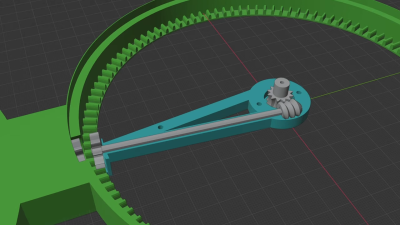
This is how it works: the longer minute hand is connected to the white ring, and it is in fact this ring that rotates, taking the attached minute hand with it. But how does the hour hand remain stationary while the rest turns? A concealed shaft and gear assembly takes care of that. For every full rotation of the minute hand (actually the white ring), the hour hand is only permitted a relative advancement of 1/12th of a rotation. It’s a clever system, and you can see the insides in the photo here.
Unlike clock projects that showcase their inner workings, the Hollow Clock works hard to conceal them. If you decide to make your own, [shiura] warns to expect to do a bit of tweaking to fine-tune the amount of friction between moving parts so that operation is smooth, and provides useful guidelines for doing so. Take a few minutes to watch the clock in action in the video, embedded below.
Continue reading “Hidden Shaft And Gears Make This Hollow Clock Go”

